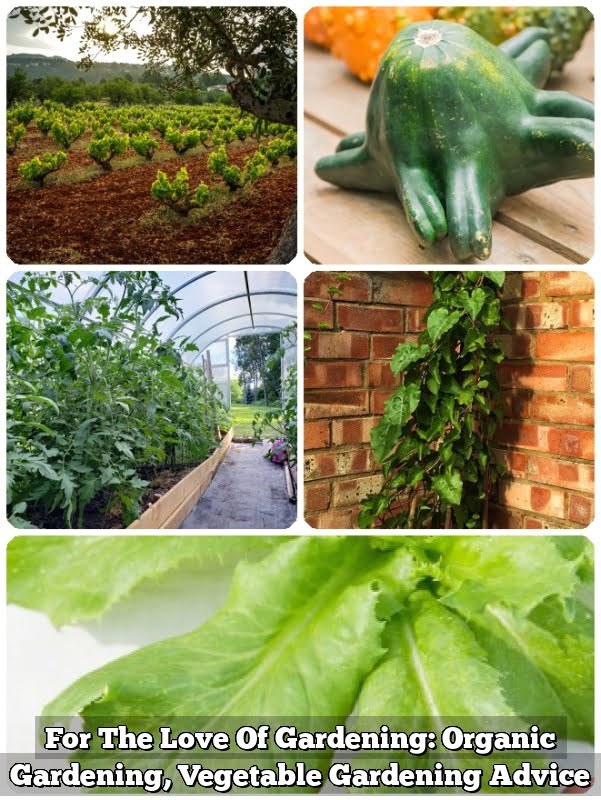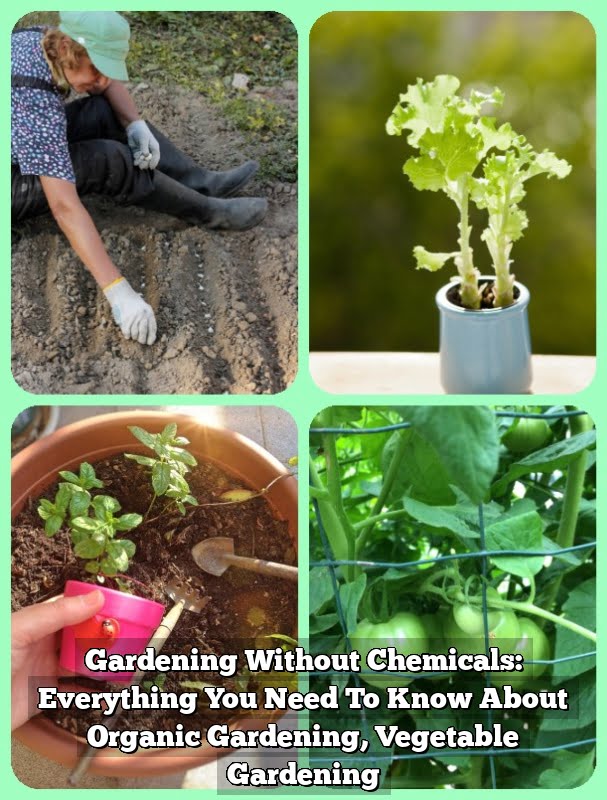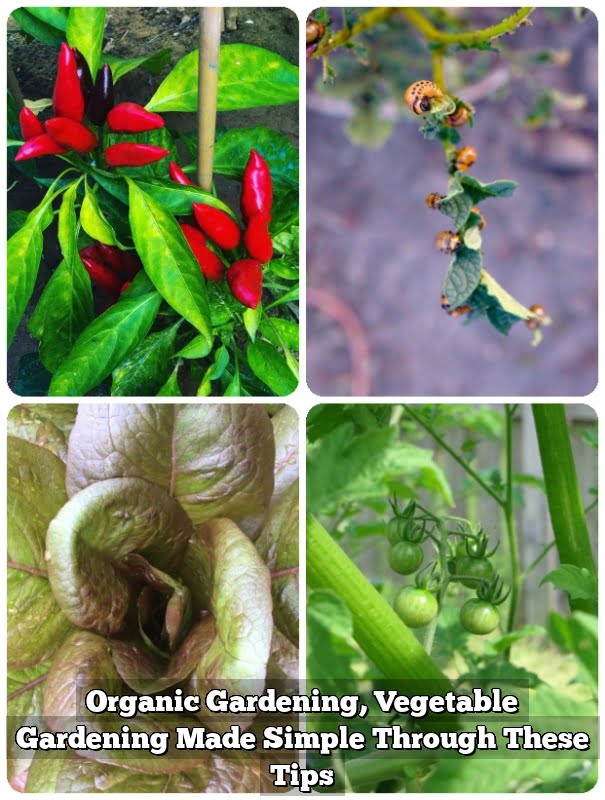Are you interested in starting a vegetable garden in USDA Hardiness Zone 9A? If so, you’ve come to the right place. In this article, we will explore the ins and outs of 9A vegetable gardening, including understanding the hardiness zone, selecting the best vegetable varieties, preparing your soil, planting and caring for your vegetables, dealing with common pests and diseases, harvesting and preserving your produce, and tips for success.
Zone 9A is known for its mild winters and hot summers, making it an ideal climate for growing a wide variety of vegetables. By understanding the specific needs of this hardiness zone, you can maximize your gardening efforts and enjoy a bountiful harvest.
Whether you’re new to gardening or have been tending to plants for years, there’s always something new to learn when it comes to vegetable gardening in Zone 9A. From selecting the right varieties to effectively managing pests and diseases, this article will provide valuable information to help you achieve success in your vegetable garden. So let’s dig in and get started on your journey to becoming a Zone 9A vegetable gardener.
Understanding the USDA Hardiness Zone 9A for Vegetable Gardening
Zone 9A is a region characterized by mild winters and hot summers, making it an ideal environment for vegetable gardening. Understanding the USDA Hardiness Zone 9A is essential for successful gardening in this area. The zone refers to the average annual minimum winter temperature, which ranges from 20 to 25 degrees Fahrenheit (-6.7 to – 3.9 degrees Celsius). This means that gardeners in Zone 9A can grow a wide variety of vegetables throughout the year.
Climate and Growing Season
In Zone 9A, the growing season extends from early spring through late fall, allowing gardeners to cultivate both cool-season and warm-season crops. With mild winters, it is possible to grow certain vegetables even during the winter months with proper protection against frost.
Soil Conditions
The soil in Zone 9A can vary widely, from sandy loam to heavy clay. It is important for gardeners to assess their specific soil conditions and make any necessary amendments to ensure optimal growing conditions for vegetables. Additionally, the high temperatures in Zone 9A can lead to increased evaporation and nutrient depletion in the soil, so regular irrigation and fertilization may be necessary.
Microclimates
It’s important for gardeners in Zone 9A to consider microclimates within their own gardens. Factors such as shade from buildings or trees, elevation changes, or proximity to bodies of water can create small pockets within the garden that experience slightly different conditions. Understanding these microclimates can help gardeners make better decisions about where to plant different vegetables for optimal success.
Best Vegetable Varieties for Zone 9A
When it comes to vegetable gardening in Zone 9A, it’s essential to choose the right varieties that will thrive in the specific climate and growing conditions of this region. With mild winters and hot summers, Zone 9A presents an ideal environment for a wide range of vegetables. Here are some of the best vegetable varieties that are well-suited for Zone 9A.
Warm-Season Vegetables
In Zone 9A, warm-season vegetables thrive during the long, hot summers. Some excellent options for warm-season vegetables include tomatoes, peppers, eggplant, squash, cucumbers, and sweet potatoes. These heat-loving vegetables will flourish in the warm temperatures and abundant sunshine of Zone 9A.
Cool-Season Vegetables
While the summers in Zone 9A are hot, the winters are relatively mild, making it possible to grow cool-season vegetables as well. Recommended cool-season vegetables for Zone 9A include leafy greens such as lettuce, kale, spinach, and Swiss chard. Additionally, broccoli, cauliflower, Brussels sprouts, and carrots are also suitable choices for cool-season gardening in Zone 9A.
Herbs
In addition to vegetables, herbs can also be successfully grown in Zone 9A. Herbs like basil, oregano cilantro,dill mintcan flourish in this region’s climate. These herbs not only add flavor to your cooking but also attract beneficial insects to your garden.
Choosing the right vegetable varieties is crucial for successful gardening in Zone 9A. By selecting plants that are well-suited for this particular hardiness zone, you can maximize your harvest and enjoy a bountiful garden throughout the growing season.
Preparing Your Soil for Zone 9A Vegetable Gardening
When it comes to successful vegetable gardening in Zone 9A, preparing your soil is crucial for a bountiful harvest. The warm and humid climate of Zone 9A can present unique challenges when it comes to soil quality, but with the right preparation, you can create an optimal environment for your vegetables to thrive.
To prepare your soil for Zone 9A vegetable gardening, consider the following steps:
- Test Your Soil: Before planting anything, it’s important to test your soil to determine its pH level and nutrient content. You can purchase a DIY soil testing kit or send a sample to a professional lab for analysis.
- Amend Your Soil: Depending on the results of your soil test, you may need to amend your soil with organic matter such as compost, well-rotted manure, or peat moss to improve its structure and fertility.
- Provide Drainage: In Zone 9A, where heavy rains are common, good drainage is essential. Consider adding organic matter or sand to improve drainage and prevent waterlogging.
Once you have prepared and amended your soil accordingly, you’ll be providing a solid foundation for healthy plant growth in your vegetable garden. By taking these steps before you start planting, you’ll set yourself up for success and ensure that your plants have access to the nutrients they need to flourish in Zone 9A.
Planting and Caring for Vegetables in Zone 9A
When it comes to planting and caring for vegetables in USDA Hardiness Zone 9A, there are a few important factors to consider to ensure a successful garden. First and foremost, it is crucial to select the right time for planting your vegetable crops.
In Zone 9A, the growing season can be quite long, with mild winters and hot summers. This means that you have the opportunity to grow two separate vegetable crops each year: one in the spring and another in the fall.
In order to maximize your yield, it is essential to choose the right location for your vegetable garden within Zone 9A. Look for an area that receives at least six hours of sunlight per day and has well-draining soil. Additionally, consider implementing raised beds or container gardening if your soil does not drain well or if space is limited.
When it comes to caring for your vegetables in Zone 9A, proper watering and fertilizing are key components of success. Due to the hot summers in this zone, it is important to water your plants regularly, providing them with about an inch of water per week. Additionally, consider using organic fertilizers or compost to replenish nutrients in the soil throughout the growing season.
Recommended Steps for Planting and Caring for Vegetables in Zone 9A
- Choose the right time for planting your vegetable crops (spring and fall).
- Select a location with at least six hours of sunlight per day.
- Consider raised beds or container gardening if necessary.
- Water regularly, providing about an inch of water per week.
- Use organic fertilizers or compost as needed throughout the growing season.
By following these recommended steps and staying attentive to the specific needs of different vegetable varieties, you can have a bountiful harvest from your Zone 9A vegetable garden.
Dealing With Common Pests and Diseases in Zone 9A Vegetable Gardens
Dealing with common pests and diseases in your Zone 9A vegetable garden is an essential part of maintaining a healthy and productive crop. The warm and humid climate of Zone 9A can create the perfect conditions for various pests and diseases to thrive, but with the right knowledge and preventive measures, you can effectively manage these issues.
One of the most common pests in Zone 9A vegetable gardens is aphids. These tiny insects feed on the sap of plants, causing damage to leaves and spreading diseases. To control aphids, you can use natural predators like ladybugs or lacewings, or apply insecticidal soap.
Another common pest is the tomato hornworm, which can quickly devastate a tomato plant if not dealt with promptly. Handpicking the hornworms off the plants or using Bacillus thuringiensis (Bt) spray can help control their population.
In addition to pests, Zone 9A vegetable gardens are also susceptible to diseases such as powdery mildew, blight, and root rot. To prevent these diseases, it’s important to practice good garden sanitation by removing any diseased plant material and providing adequate air circulation around your plants. Applying organic fungicides like neem oil or copper-based sprays can also help protect your vegetables from these common diseases.
By staying vigilant and taking proactive measures to prevent and manage pests and diseases in your Zone 9A vegetable garden, you can ensure a bountiful harvest of healthy and delicious produce for you and your family to enjoy throughout the growing season.
Harvesting and Preserving Vegetables in Zone 9A
Harvesting your vegetables at the peak of ripeness is crucial for enjoying the best flavor and nutritional value. In Zone 9A, where the climate can be hot and dry, it’s important to harvest your vegetables early in the morning or late in the evening when temperatures are cooler. This helps prevent wilting and ensures that your vegetables stay fresh for longer.
When it comes to preserving your bountiful harvest in Zone 9A, there are several methods you can use. Canning is a popular option for preserving vegetables such as tomatoes, green beans, and peppers. Freezing is another great way to preserve vegetables like peas, corn, and broccoli. For herbs like basil and oregano, drying is an effective method of preservation. By properly harvesting and preserving your vegetables, you can enjoy homegrown produce all year round.
Preserving vegetables not only allows you to enjoy the fruits of your labor beyond the growing season but also reduces food waste. By learning how to properly preserve your harvest, you can savor the flavors of your garden throughout the year.
| Vegetable | Preservation Method |
|---|---|
| Tomatoes | Canning |
| Peas | Freezing |
| Basil | Drying |
Tips for Success in Zone 9A Vegetable Gardening
When it comes to finding success in Zone 9A vegetable gardening, there are a few tips and tricks that can help you make the most of your garden. First and foremost, it’s essential to pay close attention to the weather and temperature patterns specific to this zone. With hot summers and mild winters, knowing when to plant and harvest certain vegetables is crucial for a successful yield.
Additionally, considering the lengthy growing season in Zone 9A, succession planting can be a great strategy for maximizing your garden space. By planting new seeds or transplants every few weeks, you can ensure a continuous harvest throughout the growing season. This also helps prevent an overwhelming surplus of vegetables at one time.
Furthermore, it’s important to provide adequate irrigation for your vegetable garden in Zone 9A. With the hot temperatures during the summer months, plants will need consistent watering to thrive. Consider using soaker hoses or drip irrigation systems to deliver water directly to the roots of your plants, minimizing water loss through evaporation.
In addition to these tips, maintaining healthy soil with regular fertilization and amending as needed is vital for successful vegetable gardening in Zone 9A. Consider conducting soil tests periodically to ensure that your soil has the proper balance of nutrients for optimal plant growth. By following these tips, you can set yourself up for a bountiful harvest in Zone 9A vegetable gardening.
Conclusion
In conclusion, gardening in Zone 9A can be incredibly rewarding for those who are willing to put in the effort. By understanding the specific needs of this hardiness zone and selecting the best vegetable varieties, gardeners can enjoy a bountiful harvest year after year. It is important to properly prepare the soil and provide careful attention to planting and caring for vegetables in order to ensure healthy growth.
While common pests and diseases may pose challenges, there are many strategies for managing these issues effectively. By implementing proper pest control methods and staying vigilant against potential threats, gardeners can minimize the impact of these issues on their crops. Additionally, mastering the art of harvesting and preserving vegetables is essential for maximizing the enjoyment of homegrown produce.
Ultimately, gardening in Zone 9A offers a wealth of benefits that make it well worth the effort. Not only does it provide an opportunity to enjoy fresh, flavorful vegetables straight from the garden, but it also allows individuals to connect with nature and experience the satisfaction of nurturing plants from seed to harvest. By following the tips for success outlined in this guide, anyone can embrace the rewards of Zone 9A vegetable gardening and take pride in their thriving garden.
Frequently Asked Questions
What Foods Can You Grow in the 9a Zone?
In the 9a zone, you can grow a variety of fruits and vegetables including tomatoes, peppers, eggplant, melons, citrus fruits, and herbs like basil and rosemary. The climate is suitable for a long growing season for these crops.
When Should I Start Seeding in 9a?
In zone 9a, you should start seeding in late winter or early spring. This allows the seeds to germinate and grow into healthy seedlings before the warmer temperatures of spring and summer arrive. Starting seeds indoors can help extend the growing season.
Where Is Zone 9 in the United States?
Zone 9 in the United States covers southern regions including parts of California, Arizona, Texas, Louisiana, Florida, and some areas along the Gulf Coast. It generally has mild winters and hot summers, making it suitable for a wide range of plant growth throughout the year.

If you’re looking to get into vegetable gardening, or are just looking for some tips on how to make your current garden better, then you’ve come to the right place! My name is Ethel and I have been gardening for years. In this blog, I’m going to share with you some of my best tips on how to create a successful vegetable garden.





